Strawberry plants are perennials. The fact that you can reap the benefits of your labor over the span of multiple years is a great benefit. However, to ensure that the strawberry plants survive the harsh conditions of the winter months, a little extra tender loving care is required. As discussed on the Growing Strawberries page, June-bearing strawberries need to be renovated each year. One aspect of the renovation process that confuses some people is the mowing strawberries part.
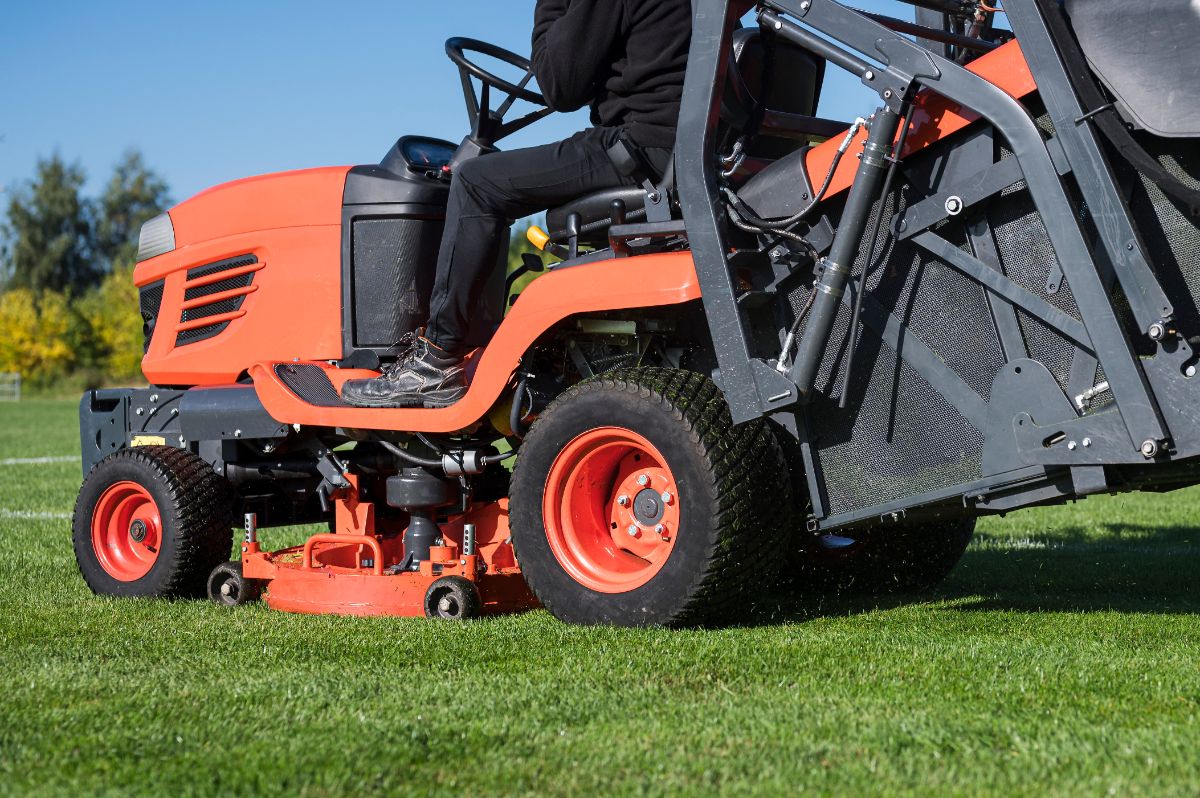
“Mowing strawberries! You must be kidding, right? You surely don’t mean running over your strawberry bed with a lawn mower?!!” Actually, that is exactly what it means. And, hopefully, this post will help you understand how to mow strawberry plants and give you the confidence you need to begin mowing strawberry plants in your own garden.
Jump to:
WHY DO YOU NEED TO MOW STRAWBERRIES?
Mowing strawberry plants serves several functions. As part of renovating strawberries (see the Growing Strawberries page for more details), mowing helps increase the subsequent year’s strawberry yield, extend the vitality of both the strawberry plants and planting area, and facilitates the rest of the renovation process. When the harvest ends, the growing season for the following year begins as flower buds and runners are produced.
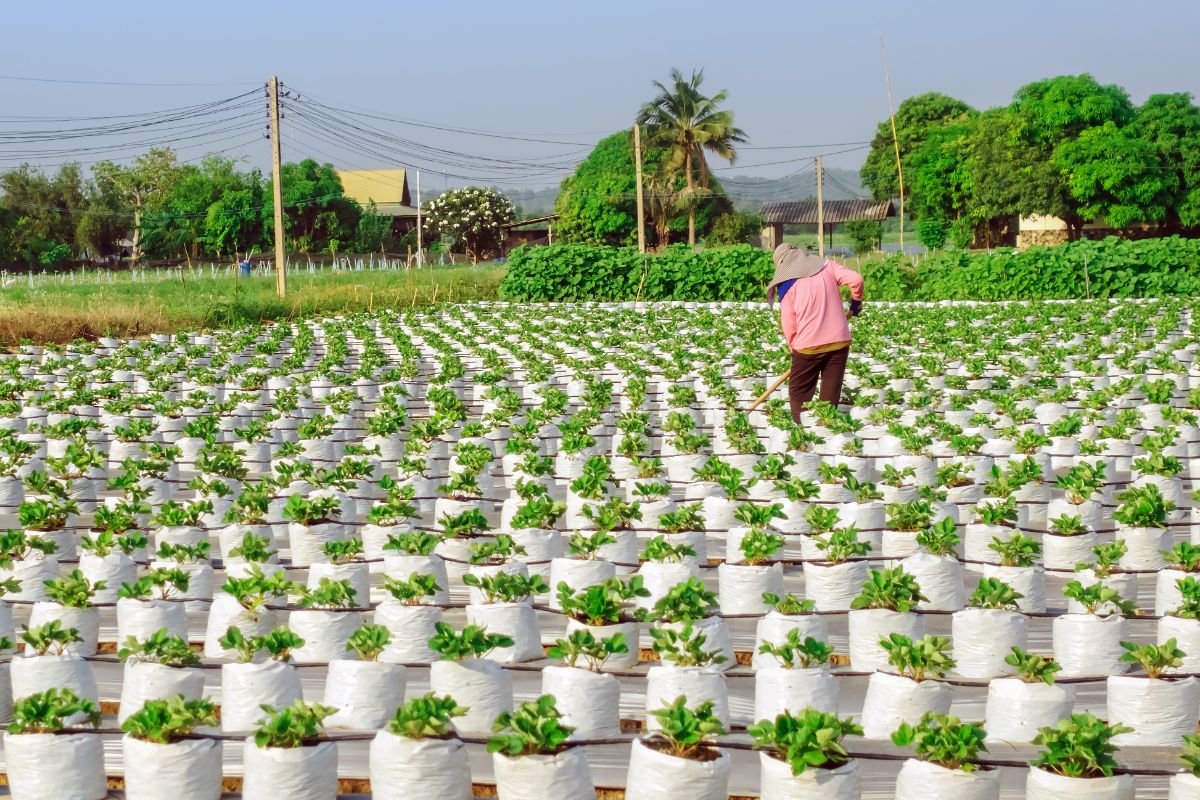
The strawberry plant begins forming the buds that will turn into next year’s flowers within the crown after the harvest has completed. These buds begin forming in late summer and continue forming until early fall. Mowing strawberry plants encourages them to develop more buds after harvest. This means more flower stalks the following spring, and, consequently, a higher yield. (Water is also crucial for flower bud formation. To ensure maximal production of strawberries in the following year, 1 inch of water must be applied to the strawberry plants per week until the first frost.)
WHEN TO MOW STRAWBERRIES
June-bearing strawberries are usually the only types of strawberries to mow. Day-neutral and everbearing varieties are generally not mowed. For the June-bearers, the time to mow strawberry beds is within one week after the final harvest has been reaped.
WHEN NOT TO MOW STRAWBERRY PLANTS
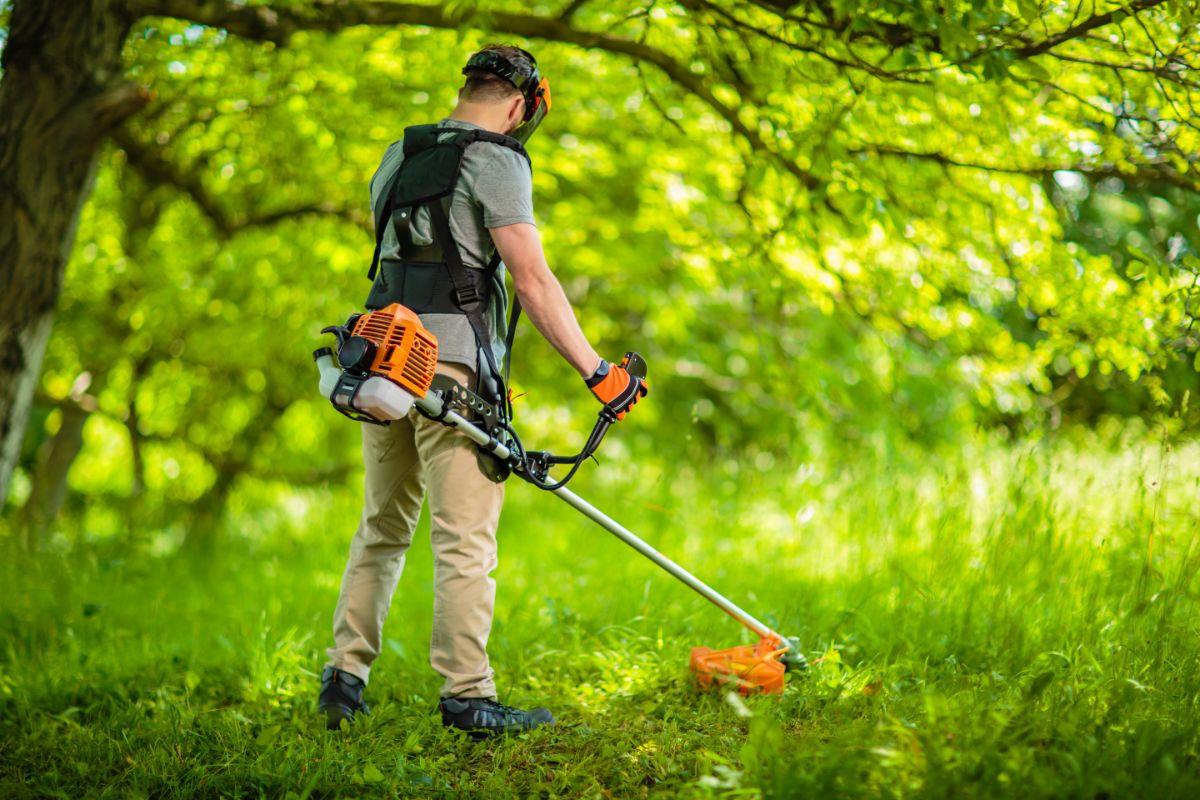
It is best to mow strawberry plants within one week after they produce their last harvest. Mowing strawberries after this week will likely result in damage to new foliar growth. No strawberry plants should be mowed after the first day of August. The flower buds will begin forming around the middle of August across most of the United States, and overhead strawberry leaves are needed. If a very late season variety was planted and harvesting is occurring in the last week of July, mowing probably should not take place.
Also, if the strawberry plants are thinly spaced within your garden or strawberry patch, either forego mowing the strawberries or raise the deck of the mower so that the strawberry runners won’t be destroyed and will be able to root afterward.
MOWING STRAWBERRIES
Mowing strawberries may sound drastic, but it is easy. Take your chosen rotary mower and set the deck so that it cuts a full inch above the strawberry plant crowns. Then mow over the plants. Easy as pie. As some varieties of strawberries are particularly sensitive to hot, dry weather, it is a good idea to water the plants prior to mowing. Jewel strawberry plants are particularly sensitive, and some plants may die after mowing a strawberry bed during hot and dry weather.
After mowing, rake up the debris and leaves and remove them from the garden. This helps air circulate and removes a hospitable environment for fungi and other strawberry plant pathogens. The moist or rotten leaves and congested areas are a haven for things that hurt strawberries, so rake soon after mowing.
PRUNING STRAWBERRY PLANTS AND ALTERNATIVES
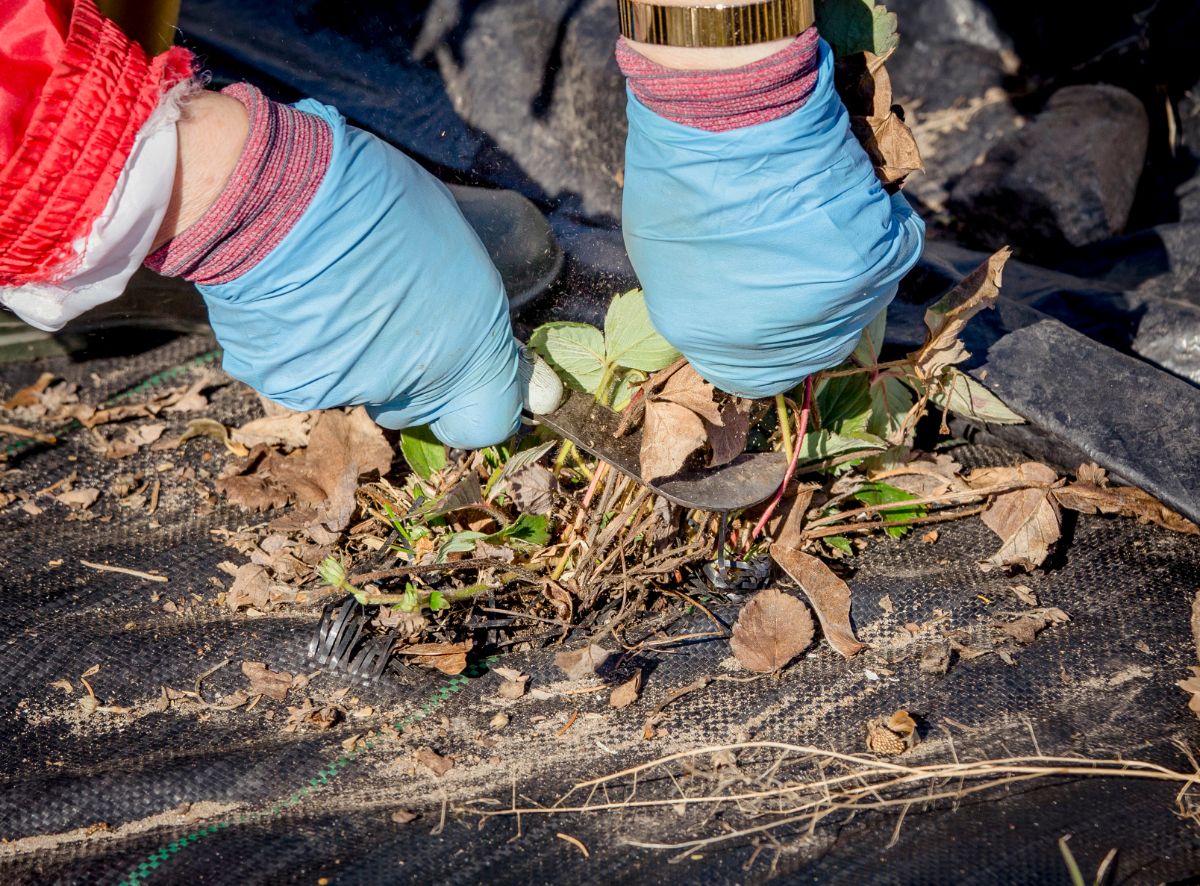
If you have a raised bed or unique gardening system that prevents running a mower over your strawberry plants, other alternatives can be substituted. Pruning strawberries can be done with any type of pruning shears or applicable scissors. Additionally, if skilled with a weed eater, they can be used also. However, due to the instability of your typical weed whacker, they aren’t recommended. It is just too easy to permanently damage or kill your strawberry plants with an errant tilt.
If you prune strawberries with shears or scissors, it will take longer than mowing your strawberry plants. When trimming, cut about 1 inch above the crowns.
BENEFITS OF MOWING STRAWBERRIES
- Mowing strawberry plants as the first step in renovation makes the rest of the process easier. The beds will also appear more orderly.
- Increase flower bud formation and next year’s yield
- Younger, non-rooted runner plants will be mowed off which helps prevent overcrowding
- Increases the average size of strawberry collected from next year’s harvest
- Decreases opportunities for strawberry pathogens due to clearance of excess and/or dead foliage. Mowing can even break the disease cycle for some pathogens
- Mulching is easier after mowing a strawberry patch
- Planting new strawberry plants or transplanting runner plants is also easier after mowing, if needed
MOWING STRAWBERRY PLANTS: CONCLUSION
Mowing strawberries is not all that complicated or difficult. However, it is important to remember two final things. First, crown placement is important and should be noted. If the crowns were not set properly at planting and are too high, the mower deck will have to be raised to accommodate them.
Also, the top part of the plants may look terrible after mowing. Fear not! The roots and crowns will be totally intact and happy and will continue producing delicious strawberries! And, if you have a raised bed or other difficult-to-mow area, remember that you can always prune strawberry plants by hand.


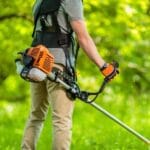



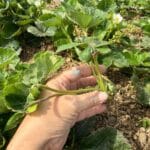
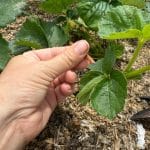

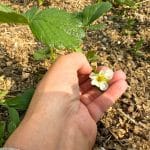
Leave a Reply